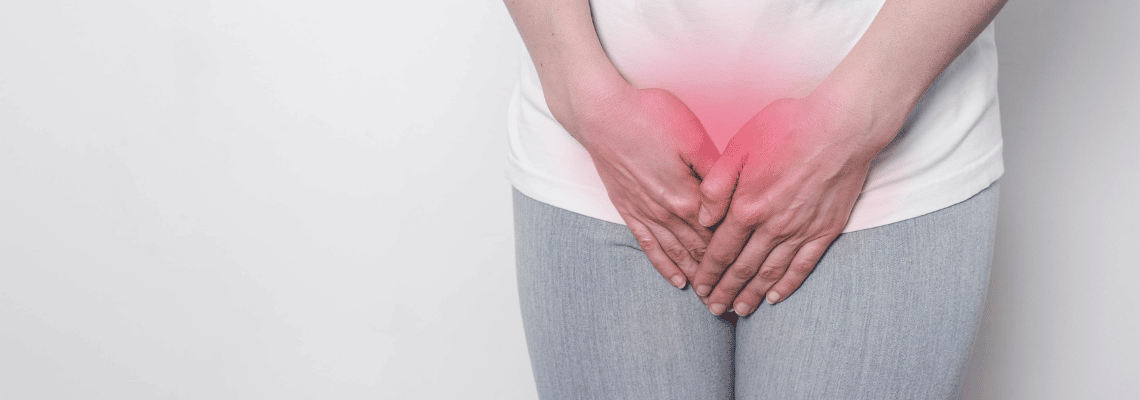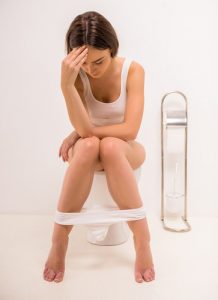
Most women are quite aware of urinary tract infections (UTIs), however what many women don’t realize is that postpartum urinary tract infections are a relatively common type of mild infection that develop after giving birth.
Causes of Postpartum Urinary Tract Infections
Occurring in the bladder or urethra, these infections can also affect the kidneys and are a result of bacterial imbalances after childbirth that are typically a result of having received a catheter. When a catheter is used during labor, the application and use can introduce bacteria into the urinary tract which can then lead to an infection.
Additional contributing factors that can lead to an increased risk of developing postpartum urinary tract infections include the following;
- The presence of bacteria in the mother’s birth canal or from the baby’s mouth which is expelled during delivery that travels to the urethra and bladder.
- The urinary tract opening and ureters (a duct that passes urine from the kidney to the bladder), may be compressed during childbirth. This compression can cause bacteria to travel more quickly through these openings.
- A cesarean section or a forceps delivery during childbirth may cause damage to the urethra or present a higher risk of bacterial presence. One study found that in regard to type of birth, approximately 4.6 percent of women with caesarean delivery and 3.5 percent of women with vaginal delivery are treated for postpartum urinary tract infection. This study concluded that C-section delivery was significantly associated with a higher risk of infection but noted that future studies would need to focus on routine catheterization prior to delivery.
- UTIs can develop if the vaginal area is not properly cleaned after childbirth or if you have an episiotomy or a tear in the vagina from delivery.
- Additionally, UTIs are more common in women with a history of sexual and pelvic infections.
If UTIs develop and are not diagnosed while admitted in the hospital, it is important for women to know what to watch for to properly identify symptoms of a potential UTI to properly seek treatment while symptoms are mild.
Symptoms of a Postpartum Urinary Tract Infections
 Urinary Frequency and Discharge
Urinary Frequency and Discharge
Frequent urination can start several days after giving birth. In addition to more frequent urination, women may feel the need to urinate and experience no additional flow, or feel as though they have less control over when and how much they can empty their bladder. Additionally, women may notice a sticky, white discharge during urination.
Passing Blood or Abnormal Urine
Additional UTI symptoms may include the presence of blood in the urine or urine that is abnormal in smell or consistency. A foul-smelling, cloudy white or greyish discharge may be an indication of bacterial presence and may be accompanied with or without pain or burning sensation.
Burning or Pain
When a UTI is present, women may experience a burning sensation or pain during urination or when wiping. These sensations may be present with or without an increased sense to urinate or frequent urination habits.
Abdominal Bloating
Another common sign of UTIs postpartum is abdominal bloating or a sensation that the abdomen is swollen or inflamed. This can be experienced with or without the presence of pain in the lower abdomen and is often described as a deep, dull ache in the lower abdomen.
Treatment for Postpartum Urinary Tract Infections
Like most UTIs, most women with postpartum UTIs are treated successfully and have few to no symptoms of the infection and treatment typically provides little to no discomfort. When diagnosed, the typical UTI treatment includes prescription antibiotics, over-the-counter pain relievers as necessary, and depending on the severity may also include diuretics, antihistamines, or other medications.
While a postpartum UTI may be unavoidable in some cases, there are various ways of taking preventative measures to decrease the chance of infection. These include;
- Use of warm water and a cleansing towel with each bathroom trip, this practice, especially after delivery can ensure cleanliness and removal of accumulated bacteria.
- Fully emptying the bladder each night to avoid excess buildup.
- Staying hydrated and drinking plenty of fluids, especially water, which will help flush out urine and prevent constipation.
- Wear loose clothing that allows the genital area to remain dry and cool.
- Avoid the use of tampons and change sanitary pads regularly.
- Avoid douching unless a doctor or midwife medically recommends it.
- Wipe only after urination with toilet paper, and do not use antiseptic sprays.
- Enjoy plenty of foods that are high in vitamin C, which can make urine more acidic and help destroy bacteria in the urinary system.
Despite the mild to severe discomfort it may cause, the onset of a UTI after delivery is typically not dangerous and can be treated with oral or IV antibiotics and a hydrating IV. In rare cases where a UTI is left untreated for extended amounts of time, more extensive treatments or surgery may be required. Should a bacterial infection be present after delivery however, a doctor can help explain what to watch for and how to prevent a recurrence.
While a postpartum UTI may be scary to think about, the treatments for UTIs are typically not painful or dangerous and the UTI itself is not more harmful or uncomfortable compared to UTIs that happen at any other time. Like with all urinary tract infections however, the important thing is to pay attention to the symptoms and seek treatment if symptoms are present or a UTI is suspected.


